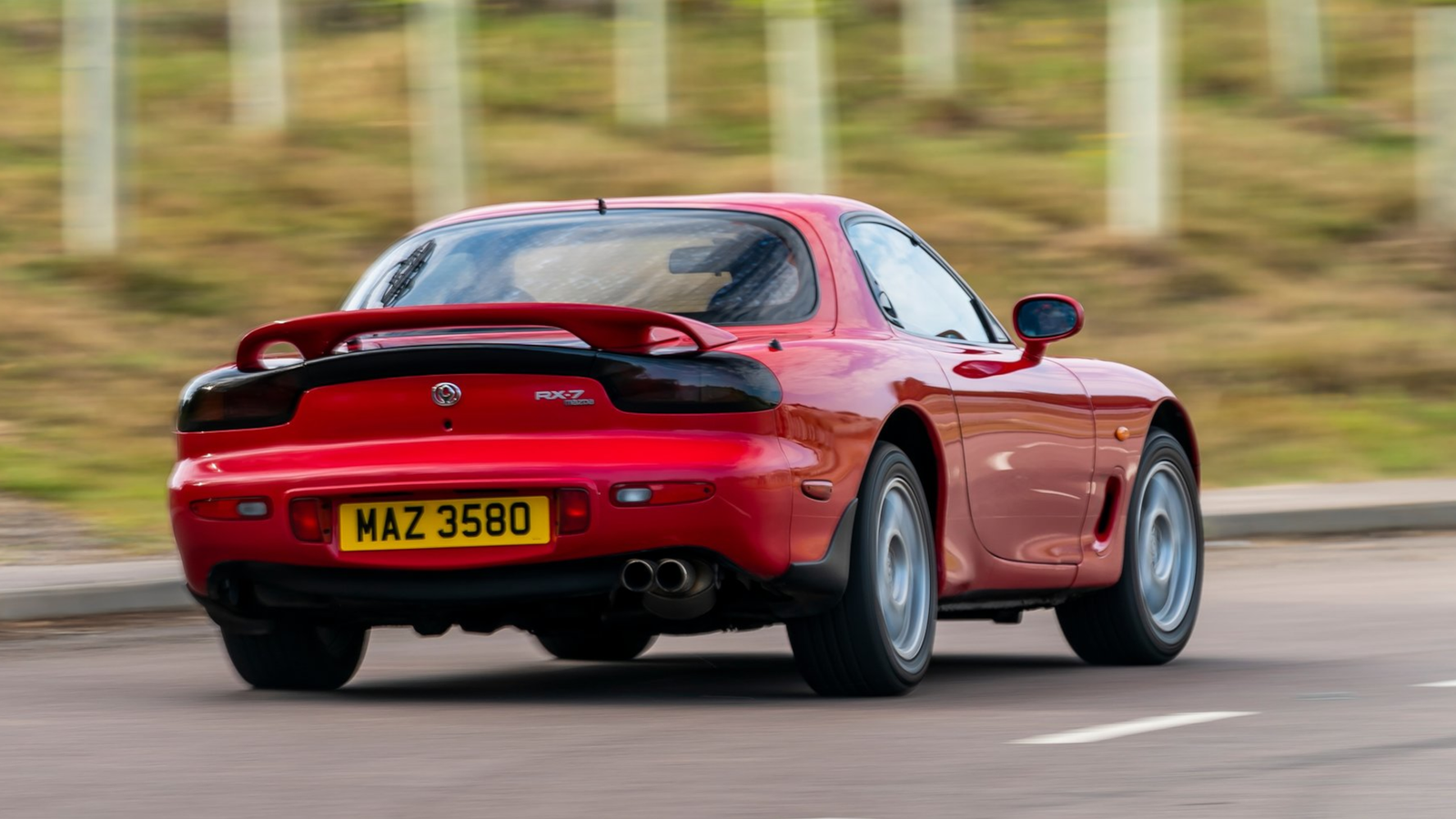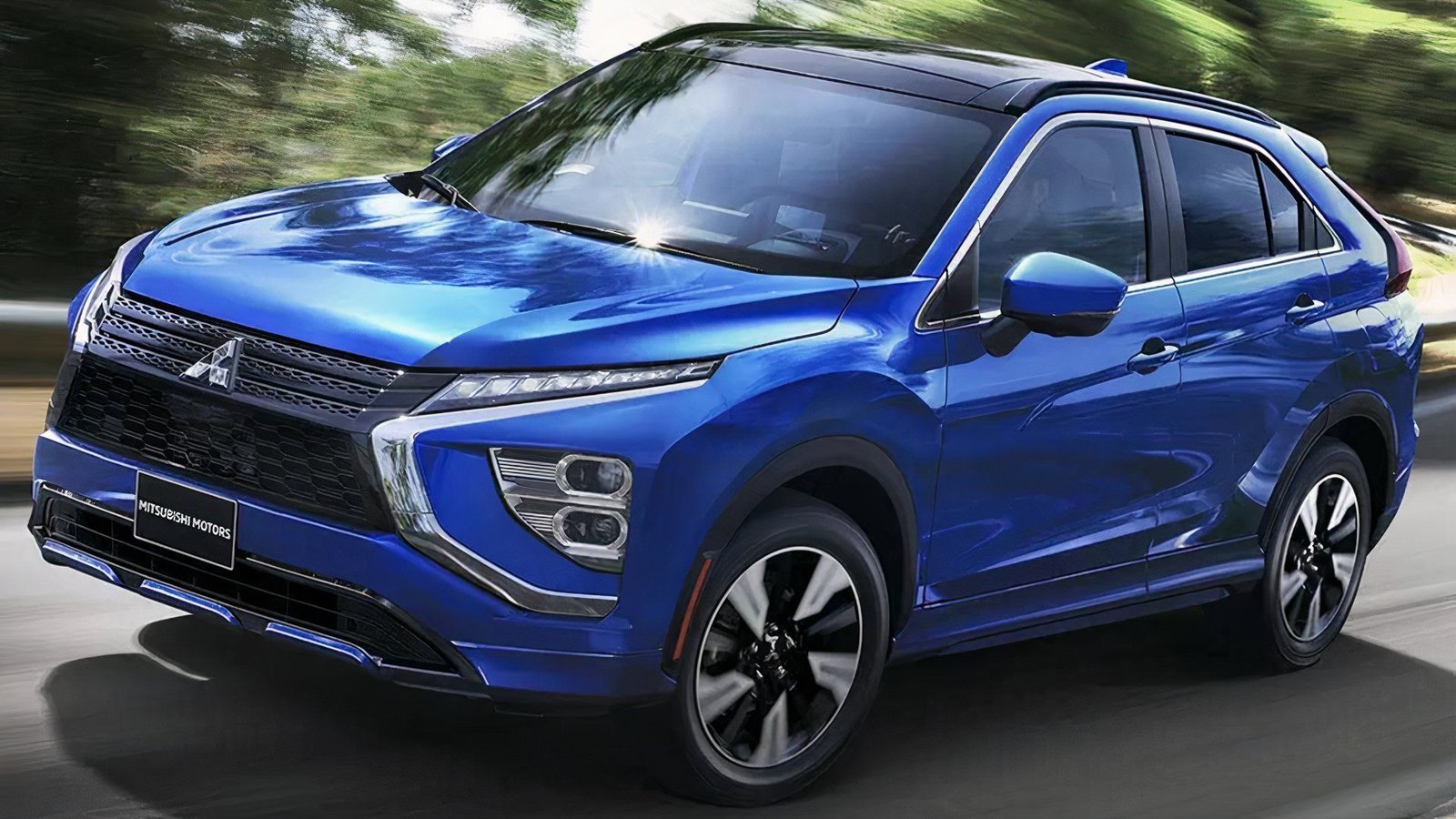Quick Links
- A Novel Japanese American Project
- The Tech Marvel From The 90s
- The Duo Fades Away
- The Case For Rediscovery
The 90s were heady days for Mitsubishi as it came to dominate topflight rallying with its various Lancer Evolutions and became revered for its engineering ability and forward-thinking push. And while all of that activity was taking place on those dusty special stages, Mitsubishi was also making a play in the traditional sports car arena.
While other key Japanese makers were turning out their own icons in the shape of the Toyota Supra, Mazda RX-7, or Nissan 300ZX, Mitsubishi debuted the 3000GT. And in a very interesting cross-collaboration with Chrysler, it also launched an all-American version, the Dodge Stealth. Both vehicles featured some cutting-edge tech and grand touring comfort in a nice sports car package, but today, they are largely forgotten. Let's have a peek at their story.
For this article, we gathered information from trusted online resources and the information in the table relates to a 1995 3000GT VR-4 and Stealth R/T Turbo. Any opinions in the article are those of the author.
A Novel Japanese American Project
Close
|
1995 Mitsubishi 3000GT VR-4 and Dodge Stealth R/T Turbo Specifications |
|
|---|---|
|
Engine |
3.0-liter 6G72 DOHC twin-turbocharged V6 |
|
Transmission |
Six-speed Getrag manual or four-speed auto (rare) |
|
Drivetrain |
All-wheel drive |
|
Power |
320 hp |
|
Torque |
315 lb-ft |
The Mitsubishi 3000GT and Dodge Stealth shared a common platform but looked quite different. In Japan, Mitsubishi sold its version as the GTO, reviving a 1970s nameplate. However, for global adoption, the car would become the 3000GT, which helped to avoid any confusion with the Pontiac GTO stateside. Meanwhile, Chrysler introduced its version as the Dodge Stealth. Both cars came from Mitsubishi’s Nagoya plant in Japan, while each one had several versions and spawned special editions.

Related
1990s Sports Cars That Deserve To Make A Comeback
Two doors, and fun to drive – yes, the 1990s had some classic sports cars. These names deserve to be revived again.
The Tech Marvel From The 90s
Close
Both the 3000GT and Stealth first appeared in 1991 as an evolution of the Mitsubishi HSX concept. Mechanically, these 2+2 coupes were identical but on top, they certainly looked different. The Chrysler design team came up with the distinctive Stealth exterior, but their result wasn't as bold as that of the 3000GT. Many enthusiasts thought that the GT was a far better-looking car, and it had a more pronounced rear spoiler and smoother lines than the Stealth.
At the entry level, you’d get a 3.0-liter SOHC V6 engine, good for about 164 hp, with a five-speed manual or four-speed auto. As you moved up through the trim levels, you'd get a beefier DOHC V6, with around 222 hp, or a twin-turbo V6 and 300 hp at the highest level. The companies pushed the horsepower figures up to 320 during the models' latter years and also added a Getrag six-speed manual transmission, which was state-of-the-art at the time. The flagship model VR-4 for Mitsubishi and R/T Turbo for Dodge would get you to 60 mph in about five seconds, which would rival the C4 Corvette ZR1 and outpace the Acura NSX in some tests.
The VR-4 and R/T Turbo were certainly technological showcases. You'd get full-time all-wheel drive and four-wheel steering for better cornering precision through adjusted rear wheel angles. There were some active aerodynamics with an adjustable front air dam and rear spoiler which would give these vehicles great high-speed stability. The cars would also have adaptive suspension with touring and sport modes to blend grand touring refinement with supercar ambition. And all the models prioritized luxury inside with plush seats, automatic climate control and premium audio systems. They certainly appealed to a broad cross-section of buyers who wanted some comfort alongside their raw performance.
At the tail end of the product run, Mitsubishi launched a 3000GT Spyder which had a retractable hardtop convertible and is today very rare. Just over 1,000 of these Spyders came out of the factory and even fewer of the twin-turbo VR-4 Spyders. These cars had an innovative hardtop design which would fold into the trunk in less than 20 seconds and were a precursor to the modern convertible supercar approach.

Related
Things Just Got A Whole Lot Harder For Mitsubishi In America
Mitsubshi is the latest to raise prices as tariffs tip the car industry upside down.
Other special editions included the 1994 Franz Beckenbauer Edition 3000GT for the German market. This was a very small run of just 30 yellow cars that had OZ Futura wheels, a Remus exhaust, and an on-board phone. These cars celebrated German soccer legend Beckenbauer, who was a Mitsubishi ambassador at that time. Meanwhile, in the US, you could also get a Dodge Stealth R/T Luxury Package, which had premium leather and chrome wheels.
Dodge did try and score a marketing goal in the US when the company proposed the Stealth R/T Turbo as a pace car for the 1991 Indy 500. This would have been a major honor for what is essentially an entry-level sports car, but the United Auto Workers Union were having none of it. This powerful union was not happy with the car's Japanese origins and argued that it undermined American manufacturing. So, Dodge would replace it with a pre-production Viper RT/10 at the last minute instead.
Despite all this, the Stealth was to find its own niche as a sports car that could rival the Camaro Z28 or Mustang GT at a competitive price. After all, you could buy an entry-level Stealth for only $18,000 and the R/T Turbo wasn't particularly expensive at about $30,000 in 1994.
The Duo Fades Away
Close
Both the 3000GT and Stealth featured complex systems on board, such as four-wheel steering, adaptive suspension, and active aero, and these would contribute to its overall weight and performance. They weighed in at up to 3,800 lbs, so they would be somewhat less agile than rivals like the Toyota Supra or RX-7. Those complex systems would also increase potential maintenance costs, and a number of persistent issues would arise. For example, owners would complain about electrical faults in the engine and gearbox ECUs, with transfer case leaks in all-wheel-drive models and worn suspension bushes all round. Clutch replacements would be particularly expensive and difficult.
Sales were relatively disappointing, and, in any case, Mitsubishi was starting to turn its attention to SUVs as the decade wore on. Dodge was to pull the plug before its Japanese counterpart and the Stealth disappeared in 1996, with the 3000GT following in 1999. Even though Mitsubishi had teased plans for a second-generation 3000GT, it transferred those documents to its favorite file instead.
The Case For Rediscovery
Close
Collectors are all over the JDM market these days and, for an American enthusiast, the 3000GT and R/T Turbo could be alternative bargains. After all, you may be able to pick up a 1995 Stealth R/T Turbo with low mileage for less than $15,000, or even a pristine end-of-range 3000GT VR-4 for under 30K. If you get a vehicle with the twin-turbo V6, you'll get plenty of tuning potential and can fit aftermarket upgrades like bigger intercoolers, turbos, and ECU remaps to push the power well beyond 400HP.
Don't forget the all-wheel-drive capability for year-round use in dodgy climates, which is a rarity among 90s JDM alternatives. But if you're thinking about buying one of these cars, you should also be aware of those maintenance challenges. That said, there are enthusiast communities around and specialist aftermarket dealers who could probably give you some robust support when it comes to repairs, parts, and tuning advice.
Both of these automotive cousins are head-turners today due to some of their futuristic features. Their driving experience blends power with refinement and the VR-4’s turbocharged surge and all-wheel grip give you a driving experience that’s both composed and exhilarating. So, the Mitsubishi 3000GT and Dodge Stealth embody the raw ambition of the 90s and blend Japanese innovation with American flair. Yes, they may lack the star power of a Supra or the agility of an RX-7, but there's plenty of cutting-edge tech, and grand touring comfort instead. Crucially, they’re also quite affordable in collectible terms, which might tempt you to add one of these forgotten treasures to your shopping list.
Sources: Bring a Trailer.